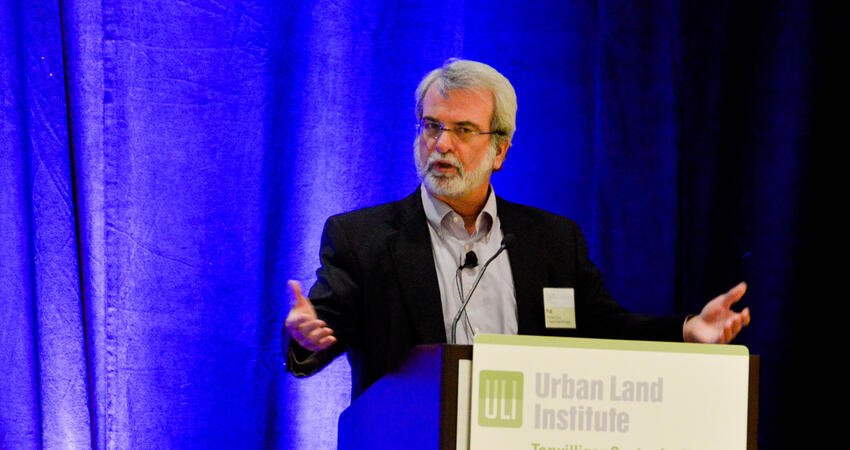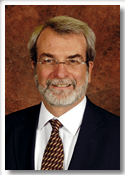
Q&A with Pat Coyle on Addressing Homelessness in Colorado
The Homeless Programs Team within the Colorado Division of Housing works with stakeholders at all levels to promote and support collaborative approaches to reducing and preventing homelessness among vulnerable populations. The team is taking new and creative approaches to helping some of the state’s 18,000 homeless people to not only find housing, but to overcome some of the major impediments to achieving permanent housing solutions.
In May 2014, How Housing Matters spoke with Pat Coyle, Director of the Colorado Division of Housing, about these innovative initiatives and the potential impact they could have on the state’s economy.
How Housing Matters: The most recent statistics from the Department of Housing and Urban Development show that there are about 610,000 homeless people in the United States. How many people are homeless in Colorado?
Pat Coyle: I think the number that we're seeing is about 18,000 statewide. We have about 11,000 in the Denver metro area.
HHM: What approach is the state taking to not only finding homes, but creating a plan and a path for the people who are homeless in Colorado?
Coyle: Many homeless people are fighting addiction to alcohol and drugs. If you had the economic wherewithal, you would go away and you would fight your addiction. A lot of people will argue that their community of support is what is the most valuable factor in their recovery. I would say for some people that's true, but for others that community is a community of users. Homeless individuals who are also struggling with mental illness and trying to find a job and a purpose often find much healthier situations outside of their original community.
We began a relocation program last September at the former Fort Lyon VA Hospital in Bent County, Colorado. The new program is part of the state and community effort to repurpose the facility to meet the needs of homeless individuals across the state. The very first Fort Lyon resident is graduating into permanent public housing just one year after entering the program and we’re soon to have many more. More than 60 previously homeless individuals are now enrolled in junior colleges in the area and 93 are enrolled in vocational training. We are providing very structured pre-employment programs so that each person’s day is focused on recovery.
People will say we’re reinstitutionalizing these individuals, but they have voluntarily undertaken this path. They sign leases and rent their own apartments from us and, in return, we couple services with this housing option. It happens to be outside our metro urban environment and soon people in the program will be taking care of animals and crops. Later this year, we’ll introduce animal therapy—hopefully providing one more reason for them to be excited to get up in the morning.
HHM: What's next on your agenda?
Coyle: Next we’re going to implement what we call gateway housing. Not everybody is ready for the independent situation provided by permanent housing. We want to provide a transitional solution—whether it's gateway housing for people experiencing domestic violence; for people coming out of corrections facilities; for people coming out of mental hospitals or any type of controlled environment; or for those leaving really a threatening environment. For some people gateway housing will be permanent housing and for others it will lead them to their own permanent solutions.
HHM: That's interesting that they could continue to remain there, do well, but not necessarily transition to the community. In a sense, that would become their community?
Coyle: Yes, and there are many models of gateway housing. We think it will allow us to cut the prison recidivism rate and be a model for people with mental illness that other communities can follow. There’s a business model here too, which is just as crucial as the other elements. By not sending people back to jail and by not hospitalizing people for mental illness, we’re not just helping them recoup their lives, we’re saving money. That is critical for every municipality today.



